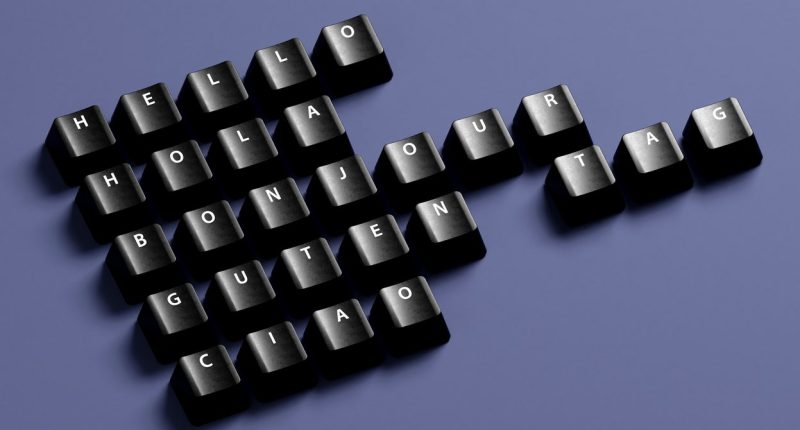

Today’s language translation apps are like self-driving cars: incredibly useful, promising, nearing maturity, and almost entirely powered by machines. It’s astonishing that the technology even exists.
Even so, machine translation is still clunky at times, if not awkward.
Consider a recent conversation I had with my neighbor, Andre, who immigrated from Russia last year. Speaking little to no English, Andre is navigating the American Dream almost entirely through Google Translate, the most popular speech-to-speech translation app, first launched 10 years ago.
Through his phone, Andrew and I can hold surprisingly deep conversations about where he’s from, how he thinks, how we can help each other, and what he hopes for. But on more than one occasion, Google Translate failed to communicate what Andre was trying to express, which forced us both to shrug and smile through the breakdown.
As computers get smarter, however, Google, Apple, Microsoft, and others hope to fully remove the language barrier Andre and I shared that day. But it’ll take faster neural machine learning for that to happen, which “might be a few years out,” one developer I spoke to admitted.
Not that the wait matters. In fact, many consumers are surprised to learn just how good today’s translation apps already are. For example, this video shows three Microsoft Researchers using the company’s live translation software to hold a conversation across multiple languages. The video is seven years old. But when I showed it to some friends, they reacted as if they’d seen the future.
“The technology surrounding translation has come a long way in a very short time,” says Erica Richter, a spokesperson for DeepL, an award-winning machine-translation service that licenses its technology to Zendesk, Coursera, Hitachi, and other businesses. “But this hasn’t happened in parallel with consumer awareness.”
I am a case in point. Although I’ve written about technology for nearly 20 years, I had no idea how deft Google Translate, Apple Translate, Microsoft Translator, and Amazon Alexa were until I started researching this story after my fateful encounter with Andre. The technology still isn’t capable of instant translation like you expect from a live human translator. But the turn-based speech-to-speech, text-to-speech, or photo-to-text translation is incredibly powerful.
And it’s getting better by the year. “Translate is one of the products we built that’s entirely using artificial intelligence,” a Google spokesperson says. “Since launching Google’s Neural Machine in 2016, we’ve seen the largest improvements in accuracy to translate entire sentences rather than just phrases.”
At the same time, half of the six apps I tried for this story sometimes botch even basic greetings. For instance, when I asked Siri and Microsoft Translator to convert “Olá, tudo bem?” from Portuguese to English, both correctly replied, “Hi, how are you?” Google Translate and Amazon Alexa, on the other hand, returned a more literal and awkward, “Hi, everything is fine?” or “Hi, is everything OK?” Not a total fail. But enough nuance to cause hesitancy or confusion on the part of the listener.








